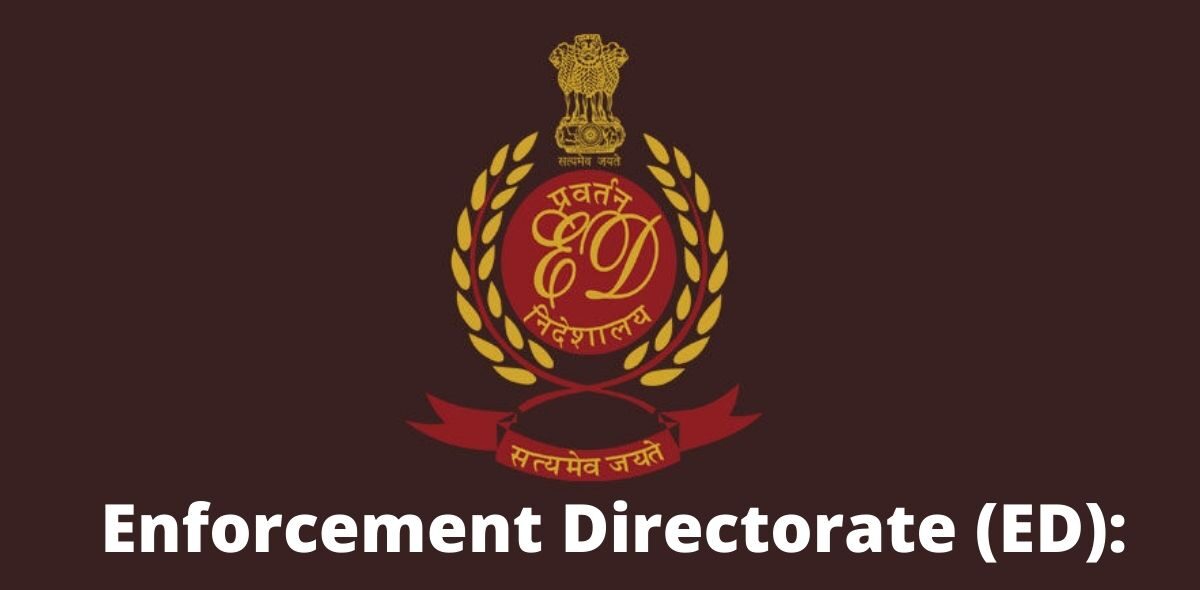the Enforcement Directorate (ED) has introduced a new QR-coded summons system. The initiative aims to help citizens distinguish genuine ED notices from fraudulent ones and reduce the misuse of ED’s name by criminal actors. This comes amid rising reports of bogus “Section 26” notices sent through WhatsApp and email demanding money and sensitive information.
FCRF Launches CCLP Program to Train India’s Next Generation of Cyber Law Practitioners
How the QR Summons System Works
Under the new system, legitimate ED notices to individuals will now include a QR code that links to a verification portal. Recipients can scan the code to confirm the authenticity of the summons. This step ensures that the notice has been issued by official channels and not by imposters.
The ED will continue to serve notices both electronically and physically, but the QR element adds a layer of security. For any summons without a QR code, citizens are advised to cross-check via the ED’s official website or through verified helplines before complying.
Tackling Fake Notices and Extortion
Fake summons—often styled after ED’s Special 26 powers—have become a popular tool for fraudsters. They trick persons into believing they are under legal scrutiny and demand payments or personal data under duress. These false notices often use official fonts, seals, and threatening language to intimidate recipients.
By embedding verification tools into its notices, ED aims to sever the link between criminal deception and legal compliance. This move is expected to reduce the success rate of such scams, making it harder for fraudsters to operate under the ED’s banner.
Broader Governance Implications
The QR-coded summons system reflects a larger shift toward digital governance with built-in authentication. In recent years, government agencies have increasingly employed QR tags, unique identifiers, and secure portals to prevent identity spoofing. ED’s new protocol could set a precedent for other enforcement bodies seeking to insulate themselves from impersonation.
However, implementation challenges remain. Rural and low-technology users may lack QR scanning capability or reliable internet access. The ED must ensure awareness campaigns and alternative verification channels to avoid excluding vulnerable populations.
Still, this innovation may mark a turning point in how enforcement agencies protect their brand integrity. As more citizens verify notices instantly and avoid fraudulent compliance, the space for extortion masquerading as law enforcement will shrink.


